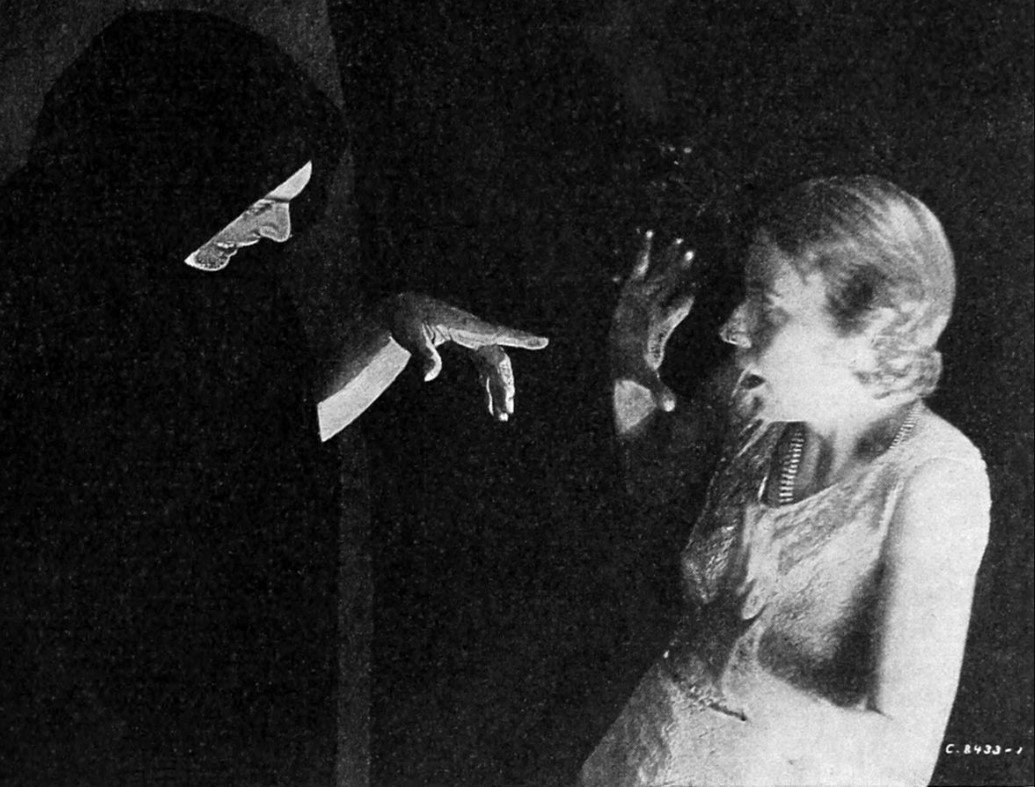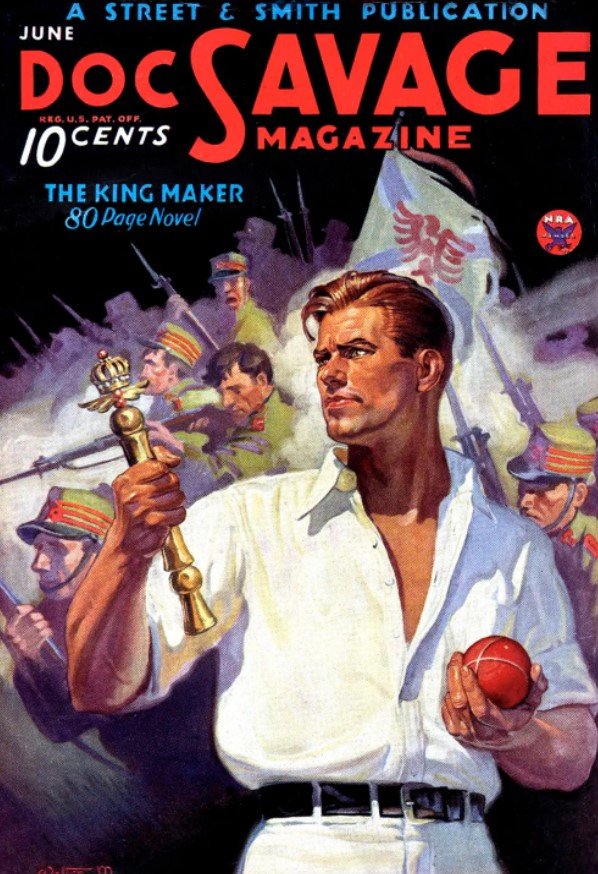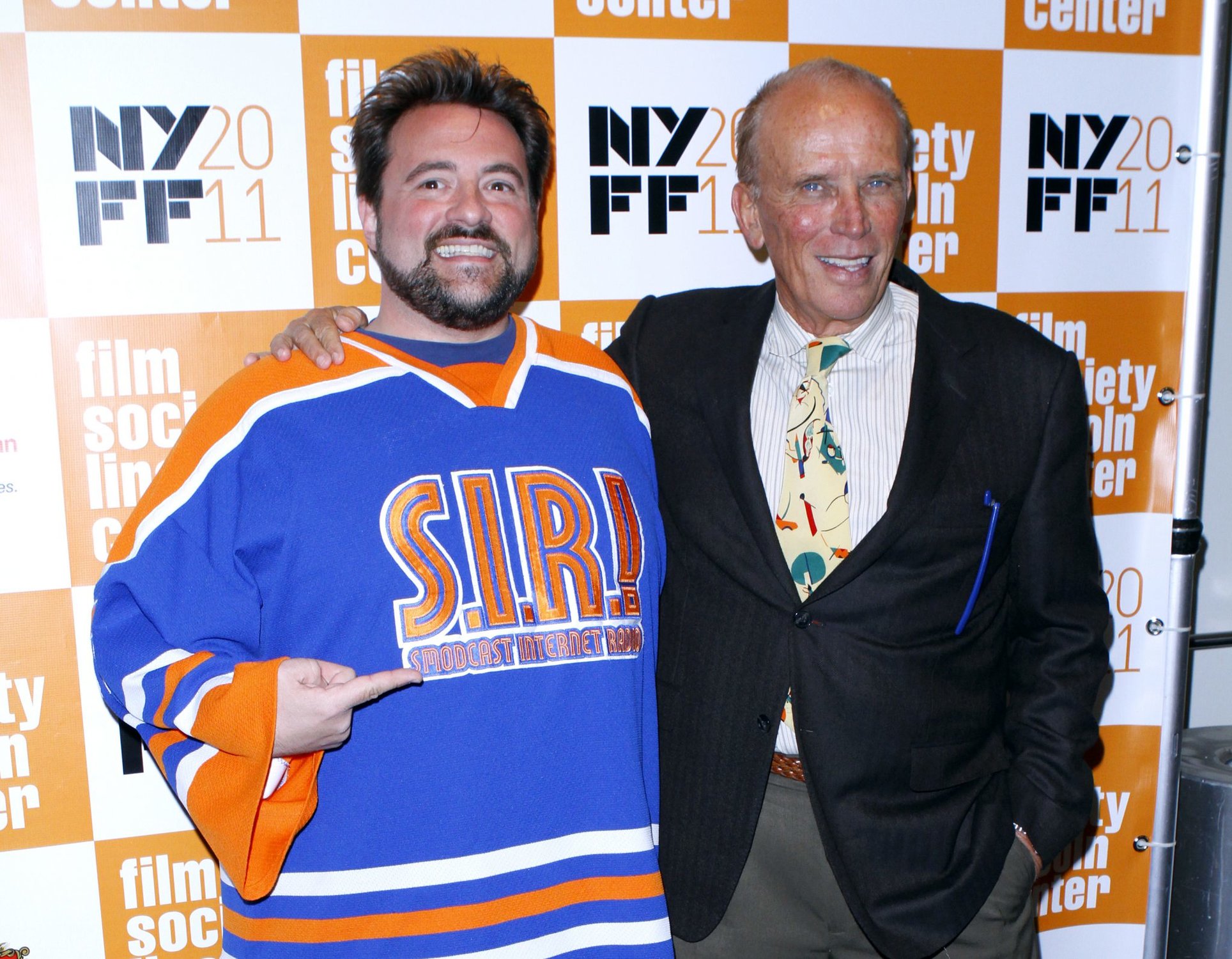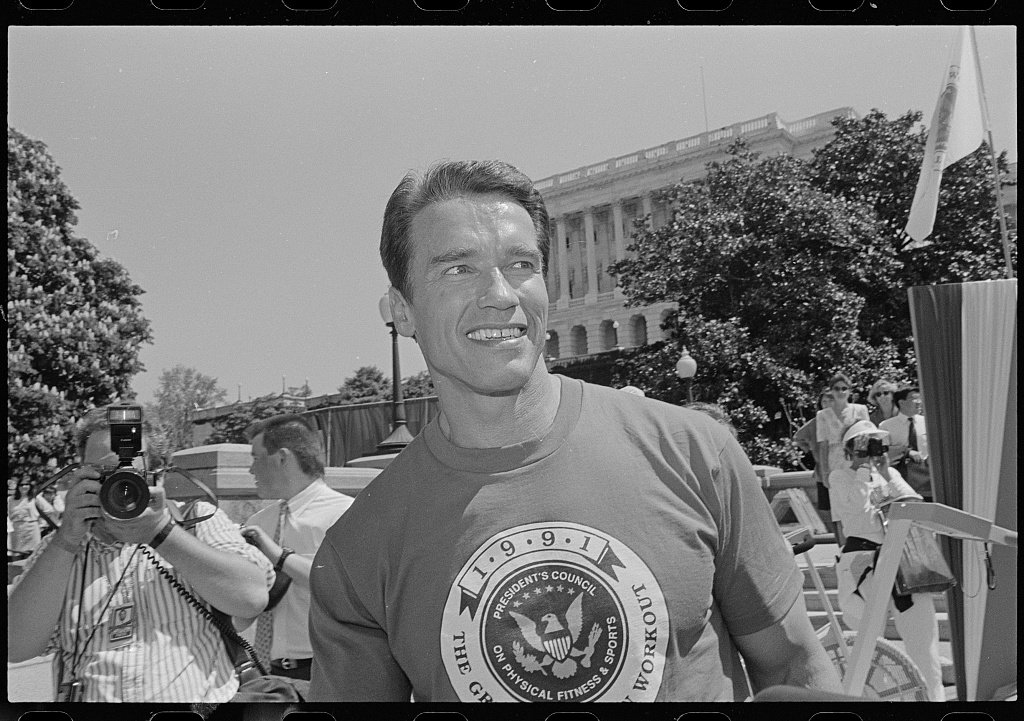Meet Clark ‘Doc’ Savage, America’s Superhero Savior to Humanity

In the 1930s and 1940s, more than180 Doc Savage stories appeared. House of Retro image via The Conversation.
This story by David Koepsell appeared first in The Conversation on Oct. 13, 2015. The Conversation is a community of more than 135,400 academics and researchers from 4,192 institutions.
His name is Clark and his father (later murdered) raised him to be a savior to humanity. He possesses superhuman strength and finely tuned senses. He is the world’s greatest detective, an inventor, chemist, surgeon and martial artist. Villains the world over want him dead, but through his intelligence, strength, cunning and technological prowess he’s always able to defeat them – all while staying faithful to a personal edict to spare all lives.
No, he’s not a mash-up of Superman and Batman; rather, he’s Clark (Doc) Savage, Jr, a character created in 1933 by Lester Dent. And he actually served as inspiration for Superman and Batman.
Savage’s height of popularity was during the chaos of the Depression and World War II. (He also experienced a brief resurgence through reprints of the original novels during the Vietnam era.)

To many, he is the greatest superhero to ever appear, the source of hundreds of iterations – first in “pulps,” later in comics, radio, television and film.
However, today he’s largely forgotten; at best, his name sparks the vague recognition of a lost hero.
Where did he go and why did he disappear from popular culture? And can he make a comeback?

Savage origins
Doc Savage was the third major pulp fiction character to get his own magazine, following the success of The Shadow and The Avenger.
Pulp magazines, a genre that started with a periodical titled The Argosy in the late 1800s, were monthly or weekly anthologies of stories geared toward an emerging lower-middle-class reader. Printing them on cheap paper kept costs low, and the general quality of the content varied widely.
Nevertheless, the pulps served as inexpensive entertainment for the newly literate, laboring masses. On the heels of the success of their pulp hit The Shadow (a crime-fighting hero with ESP and hypnotic powers), publishers Street & Smith created Doc Savage in a similar vein.

But unlike The Shadow, who had the “superpower” of ESP, Doc Savage’s powers were based on discipline and training. Between 1933 and 1949, 181 Doc Savage stories appeared, mostly authored by creator Lester Dent. Since then, dozens of adaptations were made, including several comic books, derivative novels, radio shows and a movie.
Starting in the 1960s, Bantam Books started reprinting the original Doc Savage pulp stories with updated cover art. Bantam also commissioned additional Doc Savage stories, including a number by Sci-Fi author and Doc Savage enthusiast Philip Jose Farmer, who wrote a definitive “biography” of Savage, Doc Savage: His Apocalyptic Life.

The Man of Bronze makes way for The Man of Steel
Doc Savage’s influence abounds among his successors.
Incorruptible, somewhat shy and awkward with the opposite sex, his morality and demeanor are mimicked by Superman. And like Superman, Doc Savage is simply determined to pursue and defeat evil at all costs. He’s also a bit of a loner who puts up with a team of bickering, but brilliant and talented, misfits called The Fabulous Five.
Meanwhile, other aspects of Doc Savage’s character would go on to be replicated in Batman. Like Batman, he is a genius and a wealthy scientist-inventor who uses cunning and technology to solve crimes and defeat the bad guys.
Like both, he refuses to kill, if possible (albeit he assumed this attitude only after being responsible for some regrettable carnage).
And like Superman, he speaks to some aspect of the “American Ideal”: before, during and after World War II, he served as a patriotic beacon locked in a struggle against evil.
Still, Doc Savage is a standalone character who possesses some unique qualities of his own. Unlike Superman, he’s a human. And unlike Batman, he didn’t lead any sort of double life. He focused his public and private personas on the fight for good against evil.

A creature of camp?
During times of growth and prosperity (and perhaps also during times of moral ambiguity), our need for Doc Savage has waned. Either that, or his model has proved too uncomfortable and unrealistic to remain attractive to large audiences.
A 1975 George Pal-produced film titled Doc Savage: The Man of Bronze attempted to rekindle the superhero’s waning popularity. Hampered by irony and camp, it failed miserably.
On the other hand, in the 1970s and 1980s, Superman and Batman survived because their creators recast the characters in sillier, campier situations.
But Savage, at his core, is unironic. He is earnestly good. It seems that Savage can only be rekindled in a properly post-ironic age.
The question is, can we get there?

The best Doc Savage movie ever made wasn’t technically a Doc Savage movie. Arguably, The Adventures of Buckaroo Banzai: Across the Eighth Dimension (1984) was a ripoff of Doc Savage, with a genius protagonist who doubled as a neurosurgeon, inventor and rock star, accompanied by a team of (five!) Hong Kong Cavaliers.
Although the movie featured some high camp and comedy, it succeeds at being a Doc Savage movie in the sincerity of the heroes, notably Buckaroo Banzai (Peter Weller). The film also failed miserably at the box office, although it has developed a cult following of the sort that Doc Savage enjoys.

We can be (unironic) heroes
In 1999, an attempt to bring Savage to the silver screen was scuttled when Arnold Schwarzenegger decided to run for governor and was no longer able play the lead. Chris Hemsworth (who plays Thor in the recent Marvel movies) was rumored to be in the running to play Doc Savage in another stalled project that was going to be directed by Shane Black (Iron Man 3).
If Doc Savage is to ever reenter our national consciousness, we must embrace his steadfast sincerity and virtue, along with his statuesque, Godlike glory. And we must do so without succumbing to complications, irony or comic book Dark Age conceits (epitomized by The Dark Knight). Only then could Savage perhaps become a transhumanist model for a future age in which hope replaces cynicism, and irony is shunned.
In a way, Doc Savage could represent David Foster Wallace’s New Sincerity – the idea that we need to actually mean what we say (at the risk of being ridiculed), and that postmodern irony and cynicism have nothing left to offer us.
Doc Savage may never need us again, but some of us think we will always need Savage – perhaps now more than ever.
Read Next: These Early US Fire Departments Were Violent, Coercive Political Gangs

The Conversation is a nonprofit, independent news organization dedicated to unlocking the knowledge of experts for the public good.
BRCC and Bad Moon Print Press team up for an exclusive, limited-edition T-shirt design!
BRCC partners with Team Room Design for an exclusive T-shirt release!
Thirty Seconds Out has partnered with BRCC for an exclusive shirt design invoking the God of Winter.
Lucas O'Hara of Grizzly Forge has teamed up with BRCC for a badass, exclusive Shirt Club T-shirt design featuring his most popular knife and tiomahawk.
Coffee or Die sits down with one of the graphic designers behind Black Rifle Coffee's signature look and vibe.
Biden will award the Medal of Honor to a Vietnam War Army helicopter pilot who risked his life to save a reconnaissance team from almost certain death.
Ever wonder how much Jack Mandaville would f*ck sh*t up if he went back in time? The American Revolution didn't even see him coming.
A nearly 200-year-old West Point time capsule that at first appeared to yield little more than dust contains hidden treasure, the US Military Academy said.












